Photo Essay
How do humans make sense of the bomb?
Photography and introduction by Robert Del Tredici. Captions by Robert Del Tredici and Gordon Edwards. | October 7, 2021
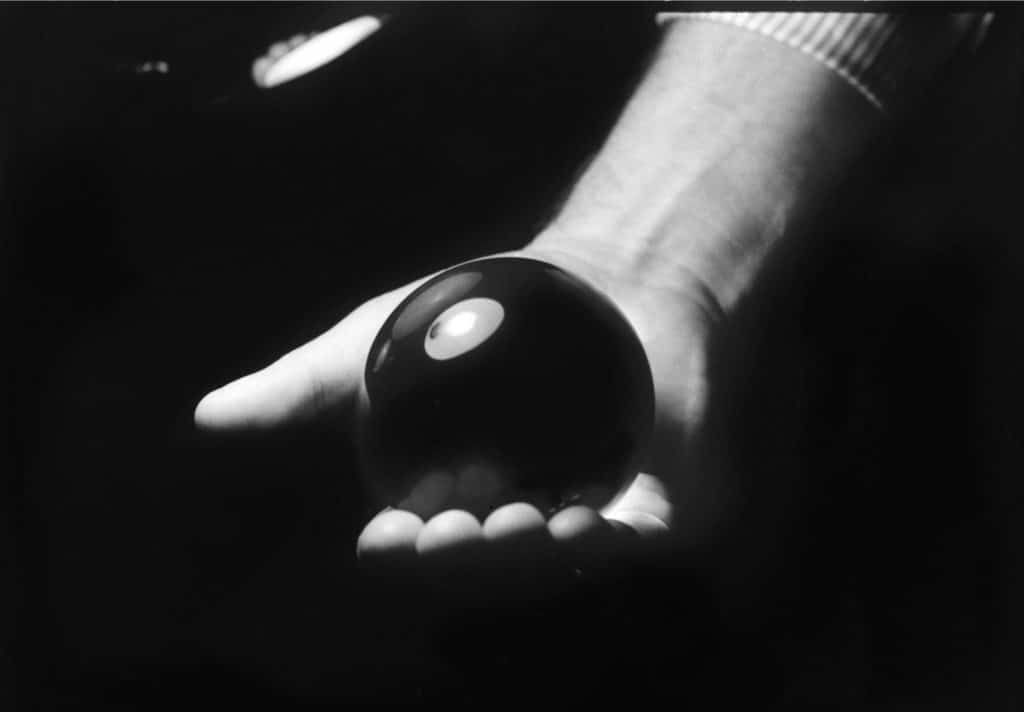 This glass sphere, 3.2 inches across, is the exact size of the plutonium ball in the Nagasaki bomb. (Robert Del Tredici)
This glass sphere, 3.2 inches across, is the exact size of the plutonium ball in the Nagasaki bomb. (Robert Del Tredici)
From the moment the atomic bomb was invented, humanity has struggled to make sense of it. It is a weapon of war, an enforcer of peace, a talisman of sovereignty, a fountainhead of undying radioactivity, and a fateful burden for humans into the far future. Yet the bomb’s physical presence—its deep grit and material magnitude of its mass production—has remained culturally invisible.
I wanted to take on this invisibility. I found out that the American bomb’s home ground had 12 factories, each making different materials and parts. I learned that each factory had a public relations officer. And I found out that the airspace above each plant was unrestricted.
But before engaging with the US nuclear weapons complex, I went to Hiroshima. I needed to find the human meaning of the bomb. One Hiroshima survivor told me, “If you weren’t there when it happened, you can have no idea what it was like.” Another told me, “Nuclear weapons and human beings cannot coexist.” I told them I wanted to photograph all of the American bomb-factories. An elderly survivor came over to me, put her hand on my arm and said, “Yes, you must do this.” Five years later, I completed my book of photographs and field notes, At Work in the Fields of the Bomb.

Model of the Uranium Atom
American Museum of Science and Energy, Los Alamos, New Mexico
June 11, 1982
Of all the naturally occurring materials found on Earth, uranium is the only element whose atoms can be split in a process that releases energy and neutrons in a chain reaction. The neutrons go on to split more atoms, which release more energy and more neutrons, until an exponential increase in energy ignites an atomic fireball. In the photo, two boys play at shouldering the model of the atom, which is too big for them to handle.
The atomic bomb was conceived within living memory, and unless abolition ends it, the bomb will be passed on to our grandchildren’s grandchildren—a burden weightier than Atlas could have imagined.
Monument to the Splitting of the Atom
Chelyabinsk City, Russia
May 18, 1992
A remarkable Soviet-era monument lies on the outskirts of the formerly secret city of Chelyabinsk. It features a larger-than-life statue of Igor Kurchatov, father of the Soviet atomic bomb, standing in front of two monolithic slabs of granite depicting the foundational nuclear-weapons event: the splitting of the atom. Two hemispheres represent the fragments of the broken atom. Semicircles emanating from each hemisphere symbolize the enormous energy released when atoms are fissioned. Atoms split in hundreds of different ways, and each shard is a new radioactive element. A nuclear blast scatters these fission fragments in all directions. Many are lofted high into the stratosphere, travel around the globe, and eventually descend to earth as radioactive fallout. Soviet monument-designers made this core event of the bomb robustly visible.
Replica of the Hiroshima Atomic Bomb
Smithsonian Air and Space Museum in an exhibit entitled The Social Impact of Flight, Washington DC
June 26, 1981
The United States had so precisely calculated the physics of the Hiroshima uranium bomb that it did not see a need for prior testing. Still, the Department of Energy listed the Hiroshima explosion as a "nuclear test" until 2000 when it was reclassified as a “combat detonation.”
From 1945 until 1952, an American censorship regime called The Press Code oversaw the suppression of bomb-related information within Japan. Images of mushroom clouds and reports of damage from the bomb's light, blast, heat, and radiation were forbidden. Scientific and medical reports, especially dealing with radiation effects, were confiscated. Eyewitness accounts of the bombing and its aftermath were stifled. Books, broadcasts, newspapers, magazines, film, literature, even letters and phone-calls, were subject to censorship. These measures were imposed to maintain “public tranquility” and to keep secret all aspects of the bomb’s “performance or characteristics.” Meanwhile, American agencies explained to the American people three aspects of the atomic bomb:
It was a breakthrough in physics.
It ended the war.
It saved lives.
The Press Code ended in 1952—the year that the United States detonated the world’s first hydrogen bomb, the Teller-Ulam “Ivy Mike” bomb, in the Marshall Islands. At 10.4 megatons, the world’s first thermonuclear explosion was about 700 times more powerful than the Hiroshima bomb. One megaton is equivalent to one million tons of TNT.
Yoshito Matsushige
Hiroshima City, Japan
September 5, 1984
Matsushige lived 2.7 kilometers (about 1.5 miles) from the epicenter of the Hiroshima explosion. He is the only photographer known to have taken pictures inside Hiroshima the day the A-bomb exploded. He was stunned by the devastation he witnessed amidst thousands of corpses and a growing firestorm. He walked through the city for five hours with film for 24 pictures but, overwhelmed by what he saw, took only two through his tears. He returned home, took two pictures of his damaged house, then went out again and managed to take one more picture of a policeman signing vouchers for food.
“Before I became a professional cameraman, I had just been an ordinary person,” Matsushige said. His parting words to me were: "There should never be a war in which nuclear weapons are used. So, I hope that you listen to as many people as possible in Hiroshima, and that you make as many people as possible know how terrible the A-bomb is. That is my wish."
Hiroshima survivors make three observations about the first A-bomb used in war:
If you weren’t there when it happened, you have no idea what went on.
It must never happen again to anyone for any reason.
Nuclear weapons and human beings cannot coexist.
All the Warheads in the US Nuclear Arsenal
Boston Science Museum
February 13, 1986
Denver artist Barbara Donachy’s installation, Amber Waves of Grain, depicts in one glance the 25,000 warheads in the US nuclear arsenal at the height of the Cold War, along with the nuclear submarines, bombers, and ballistic missiles designed to deliver them. The number of warheads declined after the Cold War, but US nuclear forces are on the rise again.
Humans co-exist with the bomb. Were A-bomb survivors wrong when they said that nuclear weapons and human beings cannot coexist? Perhaps they were suggesting that those who are prepared to unleash this annihilating power should no longer consider themselves human.
Edward Teller
Palo Alto, California
December 21, 1984
Edward Teller once told me, “You must never refer to me as the father of anything.” Nevertheless, he did sire the hydrogen bomb, also known as the H-bomb, by integrating nuclear fission with nuclear fusion in a single “physics package” called a thermonuclear weapon. The H-bomb’s explosive power can be hundreds of times more powerful than the Hiroshima bomb. Teller also inspired Ronald Reagan’s Star Wars program, which poured federal funds into space-based weaponry portrayed as a shield against incoming nuclear-armed missiles.
At a public meeting in Montreal on May 13, 1996, a woman asked Teller if she should be worried about radioactive fallout from the Chernobyl meltdown that had happened two weeks earlier. Teller’s answer: “If you explode all the nuclear weapons in all the arsenals of the world, a large fraction of humanity will not be injured, and the damage will be more or less confined to the places where the hostilities occurred.”
Teller’s response clashes with Albert Einstein’s 1946 warning: “The unleashed power of the atom has changed everything save our modes of thinking, and thus we drift toward unparalleled catastrophe.”
Howard Morland’s Model of an H-Bomb Warhead
US Supreme Court, Washington, DC
July 10, 1983
Howard Morland was the first to make the inner workings of the H-bomb publicly visible. He pieced together its physics and deduced its internal design from unclassified literature and informal conversations with industry and government officials. In 1979, the US government sued to prevent the publication of Morland’s article entitled “The H-Bomb Secret.” According to Morland, the secret of the H-bomb is that there is no secret. His insight came from a diagram in the Encyclopedia Americana that showed a sphere the size of a soccer ball that contained a smaller ball of plutonium surrounded by conventional explosives—the tell-tale sign of an implosion-type atomic bomb. The author of the text accompanying the diagram? None other than Edward Teller. In court, Morland demonstrated the public nature of his information, won the case, and published his article.
A warhead the size of Howard Moreland’s model would weigh about 270 pounds, based on personal communication with Moreland. The dark plutonium ball seen here is called the “plutonium trigger” for the H-bomb because it kick-starts the weapon’s fission-fusion-fission series of blast events. Under the Strategic Arms Reduction Treaty, thousands of American and Soviet nuclear warheads were dismantled simply by removing their plutonium triggers, which rendered the weapons harmless.
Nuclear Weapons Designer Ted Taylor
Damascus, Maryland
October 13, 1986
Ted Taylor was no fan of the city-busting H-bombs that were based on the principle of mutually assured destruction, also known as MAD. He thought weapons designers should develop fission bombs for use in combat. He was responsible for miniaturizing some of the nuclear weapons in the US nuclear arsenal, which led to a new generation of fission bombs. He designed the largest and the smallest A-bombs ever deployed. The smallest was the W54 Davy Crockett battlefield missile, which weighed 51 pounds, fit inside a bowling bag, and had an explosive yield of up to 20 tons of TNT.
But Taylor’s years in the weapons business left him disillusioned and alarmed. He identified poorly guarded plutonium stockpiles throughout the US nuclear weapons complex. He was among the first to warn the public that plutonium created in civilian power reactors could be used for nuclear weapons. In his later years, he spoke of nuclear weapons as an addiction and the bomb as “spherically evil”—that is, abominable from every angle. He also came to champion solar energy as a promising alternative to both fossil fuels and nuclear power.
Ball of Plutonium
Held by Richard Rhodes, author of The Making of the Atomic Bomb, Kansas City, Missouri
October 13, 1986
This glass sphere, 3.2 inches across, is the exact size of the plutonium ball in the Nagasaki bomb. In that bomb, only a small amount of the original plutonium mass—about the weight of a butterfly—was actually converted into the energy of the explosion.
Plutonium is not found in nature, but it is created inside every uranium-fueled nuclear reactor. Some uranium atoms absorb neutrons without splitting, and these heavier atoms spontaneously transmute into plutonium atoms. This means that plutonium is a derivative of uranium. The first reactors were built for the sole purpose of converting uranium to plutonium for bombs.
Uranium cannot be used as a nuclear explosive until it is highly enriched, and uranium enrichment is a slow, costly, energy-intensive operation. Plutonium is different in that once it is chemically extracted from irradiated fuel, it is immediately weapons usable—no enrichment required. Unlike uranium, any grade of plutonium extracted from nuclear fuel can be used as bomb material, although certain grades are preferred by bomb-makers. Plutonium has a smaller critical mass than highly enriched uranium, allowing for smaller, more compact fission “triggers” in thermonuclear weapons. For this reason, plutonium has been chosen over uranium as a trigger in the US nuclear arsenal. Uranium is still used in the second stage of a thermonuclear weapon."
Peaceful Atoms:
The CANDU Reactor
Darlington, Ontario, Canada
January 21, 1987
The Canadian Deuterium Uranium reactor—known and trademarked as the CANDU—had its distant origins in the Manhattan Project. This civilian reactor fissions natural, unenriched uranium, suspended in a moderator of heavy water (deuterium oxide) to produce heat, steam, electricity—and plutonium. The reactor produces plutonium more abundantly than any other commercial reactor except the breeder. Canadians have sometimes referred to it as a “near breeder.” The CANDU reactor is used for peaceful purposes, but the plutonium in the first atomic bomb that India detonated in 1974 came from a copy of the first Canadian heavy-water research reactor, a CANDU precursor. India, Pakistan, Argentina, South Korea, Romania, and China have operating CANDU reactors.
Spent Fuel in Dry Storage
Gentilly, Quebec
July 14, 1999
These concrete and steel dry casks contain irradiated nuclear fuel from the Gentilly-1 CANDU reactor in Bécancour, Quebec on the St. Lawrence River. Irradiated fuel is the most radioactive byproduct of a nuclear reactor. Designated as “high-level nuclear waste,” it is millions of times more radioactive than unfissioned fuel because of the accumulation of fission fragments in the used fuel. To prevent lethal radiation exposures, irradiated fuel must be handled robotically from the time it is removed from the reactor and submerged in circulating water to cool for seven to 10 years until it is inserted into a dry cask for 20 or more years of further cooling. After 30 years of cooling, the irradiated fuel—still requiring robotic handling—is considered ready for deep underground storage. It can, however, remain longer in wet or dry storage should an underground repository be unavailable. To prevent the waste from being placed beyond human control, some advocate “rolling stewardship” as an alternative to the deep burial and abandonment of irradiated fuel.
All irradiated nuclear fuel contains plutonium, the primary explosive metal of the bomb. Plutonium has a half-life of 24,400 years. This means it must be isolated for 10 times that period, or a quarter of a million years. Plutonium can be extracted from spent nuclear fuel and used to build nuclear weapons at any time in the future.
What, then, is the real product of a nuclear reactor? Is it the several decades of useful electricity, or the quarter-million years of weapons-usable plutonium, or the tens of millions of years of radiotoxic nuclear wastes?
Hanford Tank Farm
Hanford Nuclear Reservation, 200 Area, Richland, Washington
November 16, 1984
These million-gallon, double-walled carbon steel tanks are designed to contain high-level liquid radioactive waste. Hanford’s plutonium reprocessing program generated such waste when extracting plutonium from irradiated reactor fuel for use in bombs. To free up the plutonium locked inside reactor fuel, the fuel is chopped to bits and the bits are dissolved in boiling nitric acid. The plutonium is then chemically separated from the corrosive liquid, which still contains the intensely radioactive fission fragments. These new tanks have replaced older, single-walled tanks at Hanford that leaked 1 million gallons of the liquid into Hanford soil not far from the Columbia River. The double-walled tanks were a hoped-for solution to the challenge of safely containing these dangerous wastes for a few more decades.
Radioactive Releases from the Kyshtym Disaster
Conference presentation in Chelyabinsk-40’s Hall of the People
May 20, 1992
The speaker displays a chart showing the toxicity of various radioactive elements released to the environment during a chemical explosion 35 years earlier known as the Kyshtym disaster. On September 29, 1957, an underground tank containing high-level liquid reprocessing wastes exploded, spewing radioactive materials over 7,700 square miles. This forced the evacuation of 10,000 people from 22 villages. The most contaminated region, which came to be known as the East Ural Radioactive Trace, remains uninhabitable today. The exploded tank held the same kind of liquid reprocessing wastes as the Hanford tanks. The Kyshtym wastes came from the Mayak Chemical Combine 55 miles away. Mayak’s five plutonium-production reactors and its reprocessing plant were engaged in a massive undertaking: to catch up with the American nuclear weapons program. It succeeded.
Particle of Plutonium in the Lung Tissue of an Ape
Lawrence Radiation Laboratory, Berkeley, California
September 20, 1982
A ball of plutonium the size of an orange can destroy a city, but it takes only a speck to kill a human. Plutonium gives off energetic alpha particles as it disintegrates. Such particles do not travel far, but once inside the lung they can do extraordinary damage to cells within their limited range. The black star in the upper part of this picture are the tracks made by alpha particles from a microscopic speck of plutonium in the lung tissue of an ape. These alpha tracks, magnified 500 times, occurred over a 48-hour period. Their invisibly tiny source has a half-life of 24,400 years. Sensitive lung tissue bombarded by alpha particles can develop into lung cancer years later. Hundreds of thousands of people have died from ingesting or inhaling alpha-emitters, including dial painters from radium, uranium miners from radon gas, and cigarette smokers from polonium. Inhaling plutonium dust is life-threatening because the alpha-emitting particulates are insoluble and can lodge in lung tissue for a long time, irradiating that tissue 24 hours a day.
Alice Stewart
Birmingham Regional Cancer Center Registry, England
September 13, 1981
Alice Stewart demonstrated in 1956 that a single diagnostic X-ray to the abdomen of a pregnant woman increases the incidence of childhood leukemia in her offspring by 50 to 100 percent. Stewart’s conclusions were not attacked by those in the biomedical community but by physicists and engineers from the nuclear industry and the military, who for years had been assuring people that such low levels of radiation exposure were harmless. In response, Stewart undertook a larger study that confirmed her earlier results with irrefutable data. In this way she became a world authority on the health effects of low-level ionizing radiation. Stewart compared the challenge of detecting radiation damage to finding a needle in a haystack. Her maxim for discovering low-level radiation effects in a human population was: “In order to find radiation damage, you have to want to find it.” Stewart went on to study radiation-induced illnesses in uranium miners, Japanese A-bomb survivors, and, with Thomas Mancuso, Hanford’s plutonium workers. Her final work focused on the health effects of naturally occurring background radiation.
Alvin Weinberg
Oak Ridge National Laboratory, Oak Ridge, Tennessee
August 13, 1983
Originally educated as a biophysicist, Alvin Weinberg soon became an atomic pioneer. He helped design the military production reactors at Hanford to convert uranium to plutonium for the Manhattan Project. Later, he conceived the pressurized water reactor, which became the most prevalent civilian power reactor in the world and the preferred propulsion unit for nuclear submarines. His post-war career at Oak Ridge National Laboratory featured the molten-salt-reactor experiment, based on earlier work for a nuclear aircraft engine to power long-range strategic bombers.
Weinberg envisioned a future nuclear-powered society with thousands of reactors, most of them breeders, that required constant reprocessing of irradiated fuel to recover plutonium for re-use as fuel. In 1977, he addressed 2,000 nuclear scientists at an International Conference on Nuclear Power and Its Fuel Cycle in Salzburg Austria, with the words: “We nuclear scientists have not faced up to the prospect of complete success." He defined such success as 5,000 to 20,000 operating reactors worldwide. He said that the nuclear community would need to plan for at least one meltdown every four years and advised siting reactors away from cities. He suggested that a multi-millennial nuclear priesthood would be necessary to handle the meltdowns, supervise the reprocessing, safeguard the plutonium, and segregate all nuclear activities from direct contact with civil society. He declared that nuclear power is a Faustian bargain: the prize, unlimited energy; the price, eternal vigilance.
Two Nuclear Jet Aircraft Engines
EBR-1 facility near Arco, Idaho National Laboratory
November 9, 1984
The fission reactor designed to power a nuclear aircraft engine was developed at Oak Ridge National Laboratory by Alvin Weinberg and his team. Called the Nuclear Propulsion Project, it was Oak Ridge’s largest post-war project and consumed one-quarter of the lab’s budget. The project sought to run an engine to propel a bomber further and allow it to stay aloft longer than other Strategic Air Command bombers. President Kennedy cancelled the billion-dollar project in 1961. By then, the advent of intercontinental ballistic missiles had reduced the military rationale for long-range bombers. Also, the challenge of preventing high levels of radiation exposures to the nuclear bomber crew proved insurmountable.
To minimize engine size and avoid high pressures, the aircraft's nuclear reactor had used a mix of molten salt and liquid fissile material as both fuel and coolant. Even after the nuclear aircraft program was cancelled, the molten salt reactor experiment continued under Weinberg. Recently, small start-ups have been trying to revive the molten-salt concept for their small modular nuclear reactors. Other “advanced concepts” are also being proposed, including some cooled by helium gas, liquid metal, and molten salt, with fuel made from reprocessed plutonium or from uranium enriched much more than fuel for commercial reactors. These small modular nuclear reactor designs are based on reactors built more than 60 years ago—reactors that were never successfully commercialized—such as Alvin Weinberg’s experimental molten salt reactor.
Maids of Muslyumovo
Chelyabinsk Oblast, Southern Urals Region, Russia
May 19, 1992
These women live in a village on the River Techa, 35 kilometers downstream from five plutonium-production reactors and a plutonium reprocessing plant. They are victims of chronic exposure to high-level liquid reprocessing wastes similar to that which devastated the Kyshtym region. In its haste to match the US nuclear weapons program, the Mayak Chemical Combine dumped high-level liquid reprocessing wastes into the Techa River over a four-year period. The river water turned black. Villagers fell ill. Many died. Though medical personnel were forbidden to use the word “radiation,” 23 of 40 villages were evacuated. Muslyumovo was the largest village on the river, but its ethnic Tartar-Bakshir population was not evacuated.
In the photo Muslyumovo women are watching Westerners measure radioactivity in water, weeds, and silt from the Techa as it flows past their town. On this day, the village had been informed for the first time how the inhabitants’ health had been affected by Mayak’s dumping of radioactive wastes into their air and water over four decades.
Thanks to photography, these women are not faceless victims. The instant their moment of truth was captured by the camera they became living witnesses with vivid expressions of concern, shock, and realization triggered by decades of betrayal and poisoning. They stand in for all those who have stumbled into the raw knowledge of the true cost of our addiction to the mass-production of the bomb.
As the coronavirus crisis shows, we need science now more than ever.
The Bulletin elevates expert voices above the noise. But as an independent, nonprofit media organization, our operations depend on the support of readers like you. Help us continue to deliver quality journalism that holds leaders accountable. Your support of our work at any level is important. In return, we promise our coverage will be understandable, influential, vigilant, solution-oriented, and fair-minded. Together we can make a difference.
Share: [addthis tool="addthis_inline_share_toolbox"]
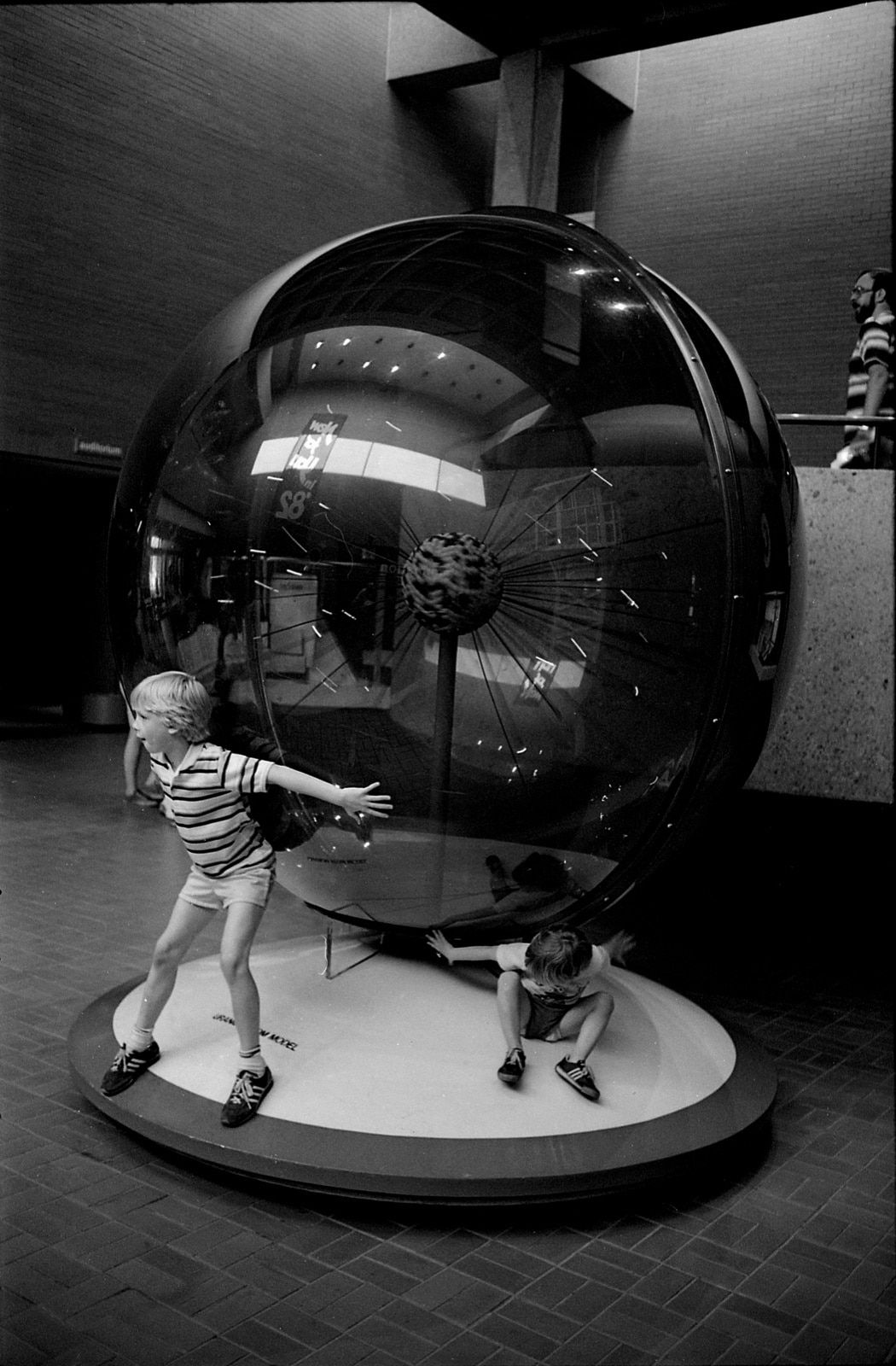
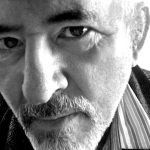
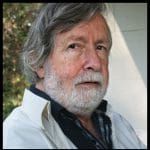
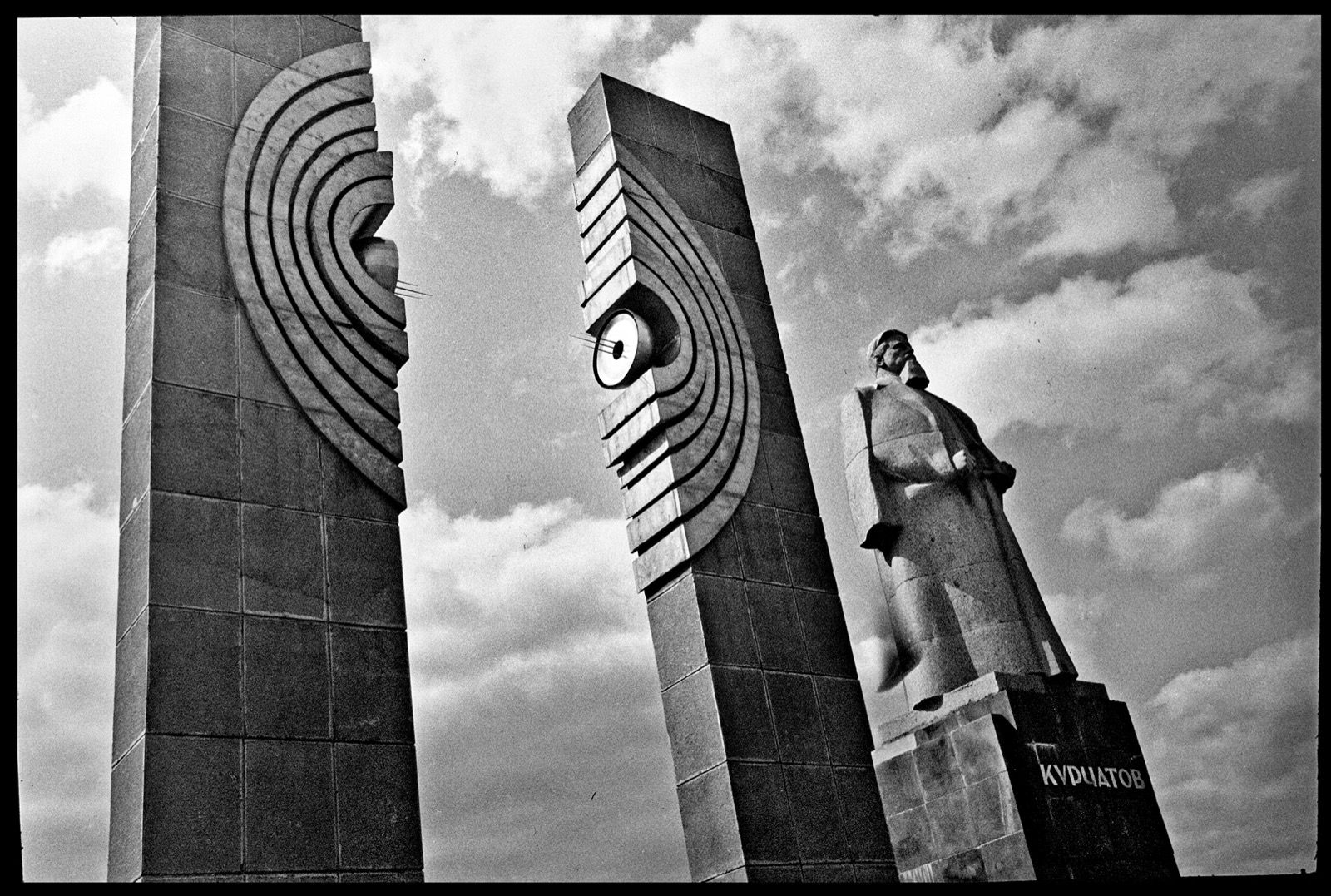
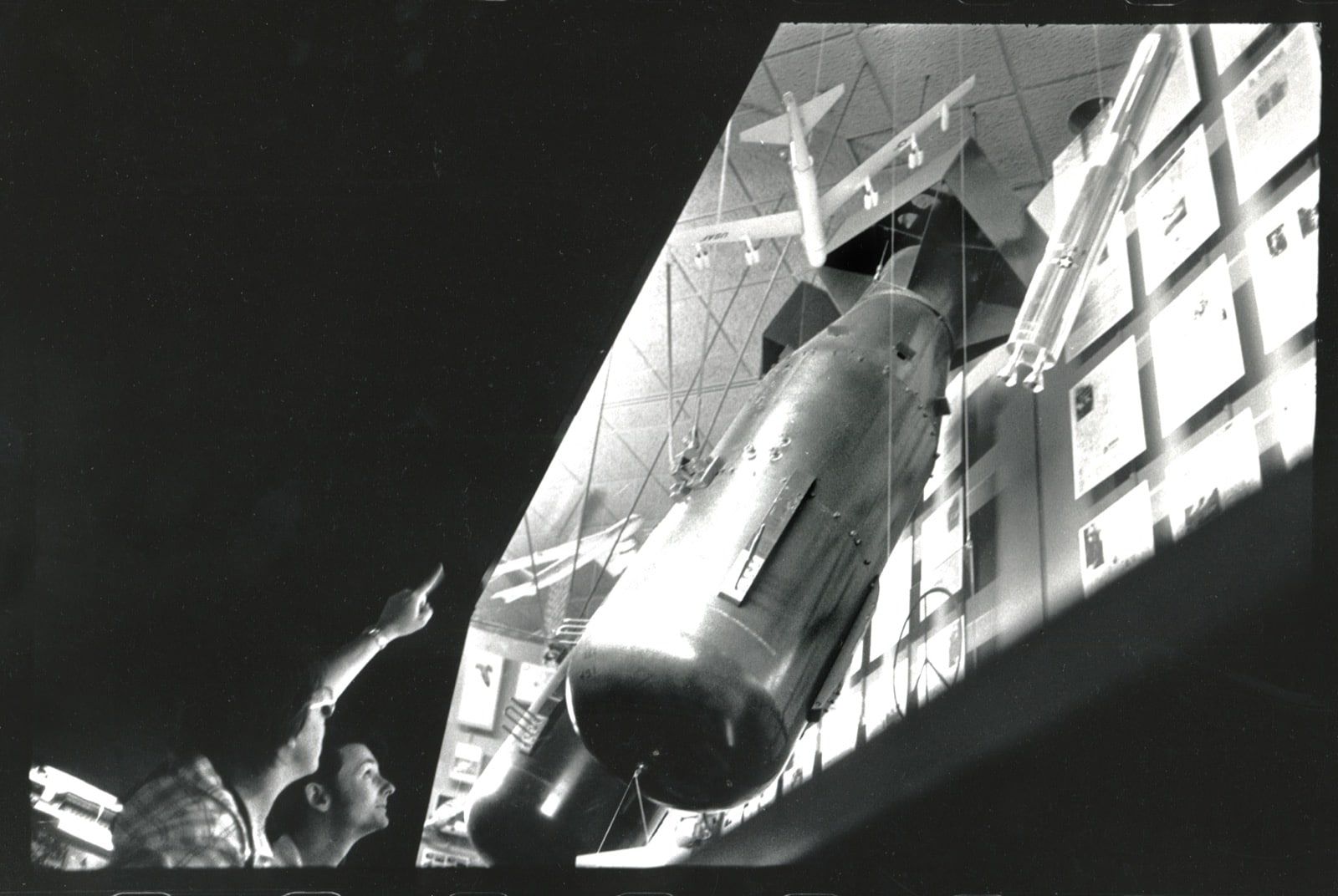

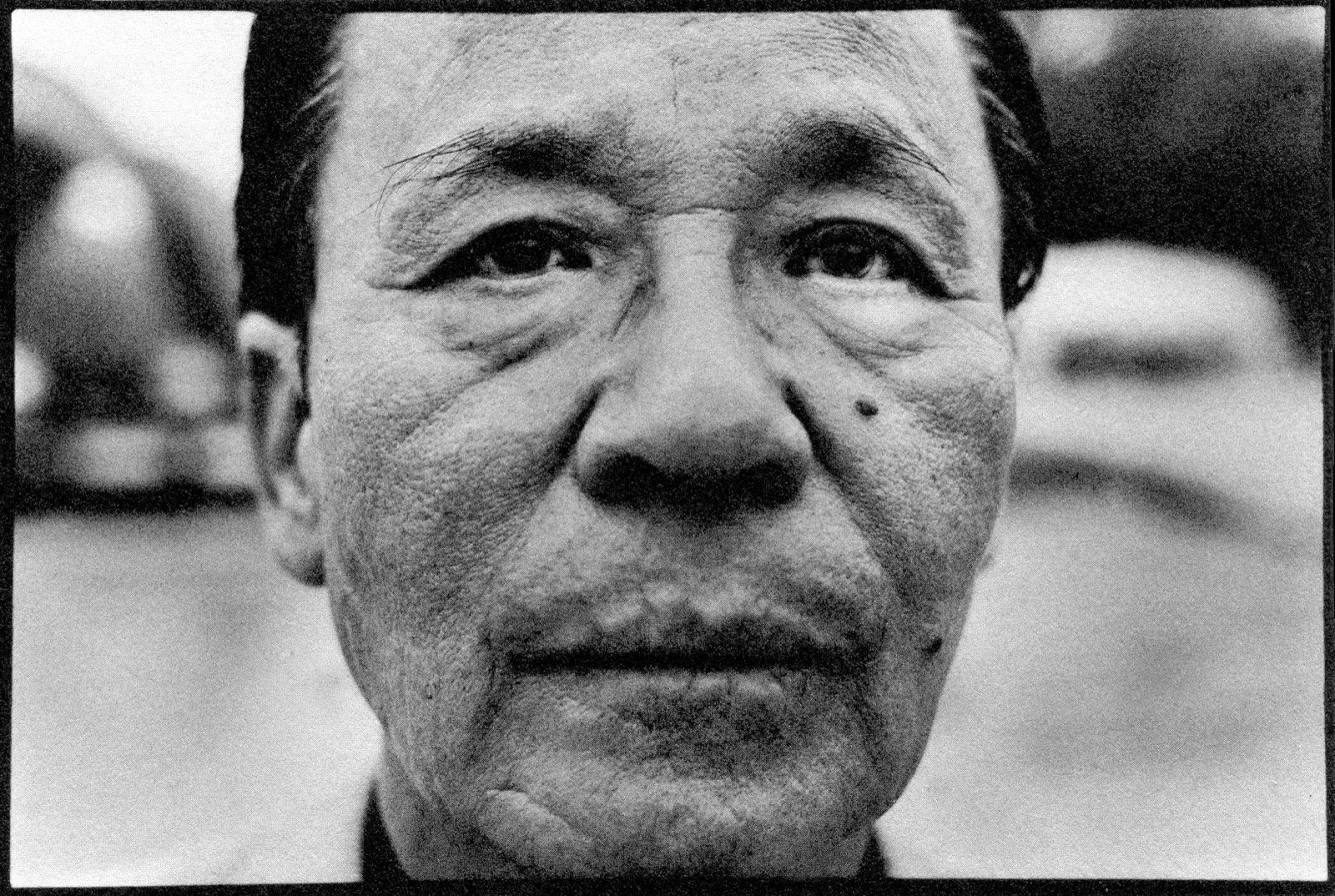
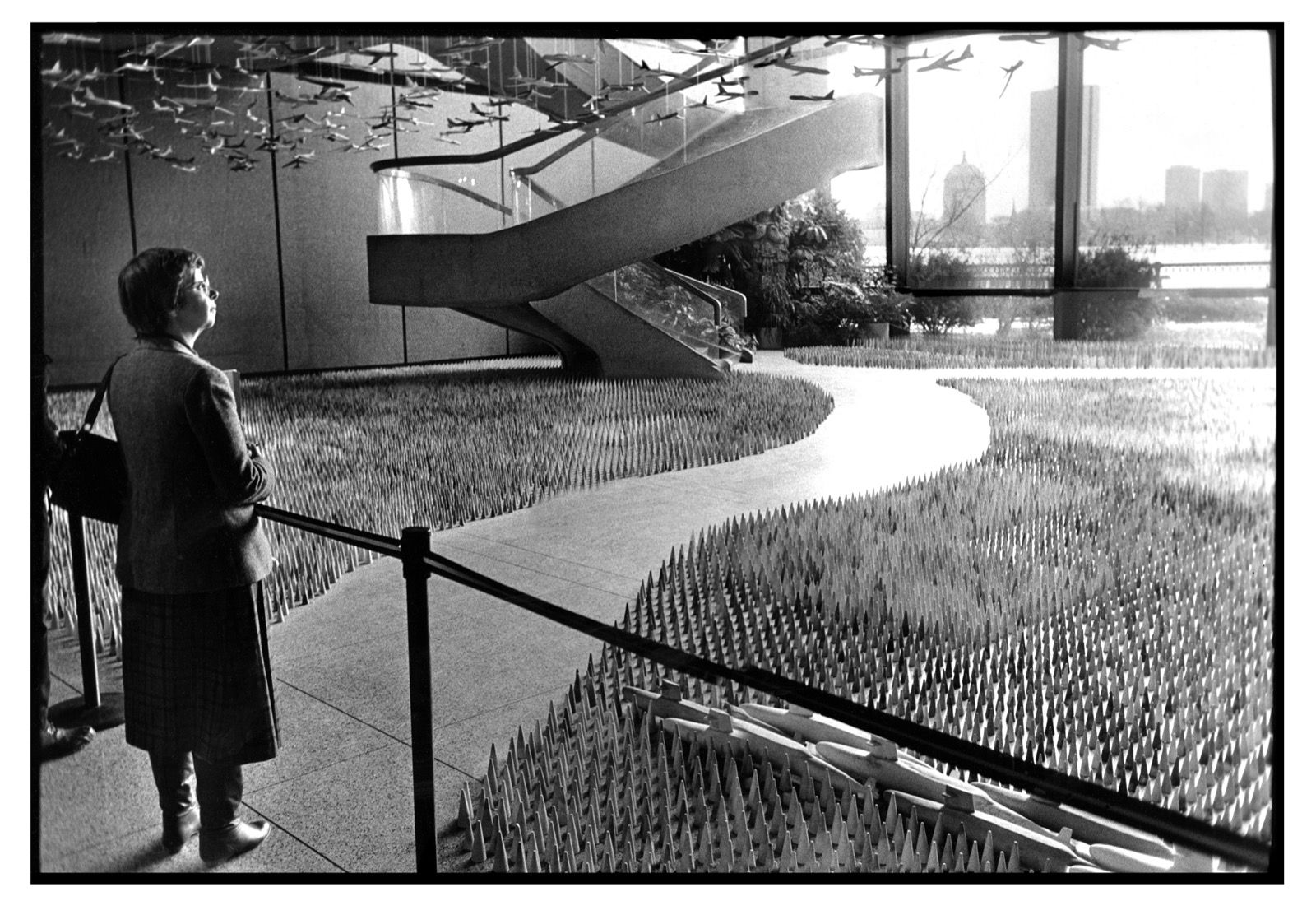
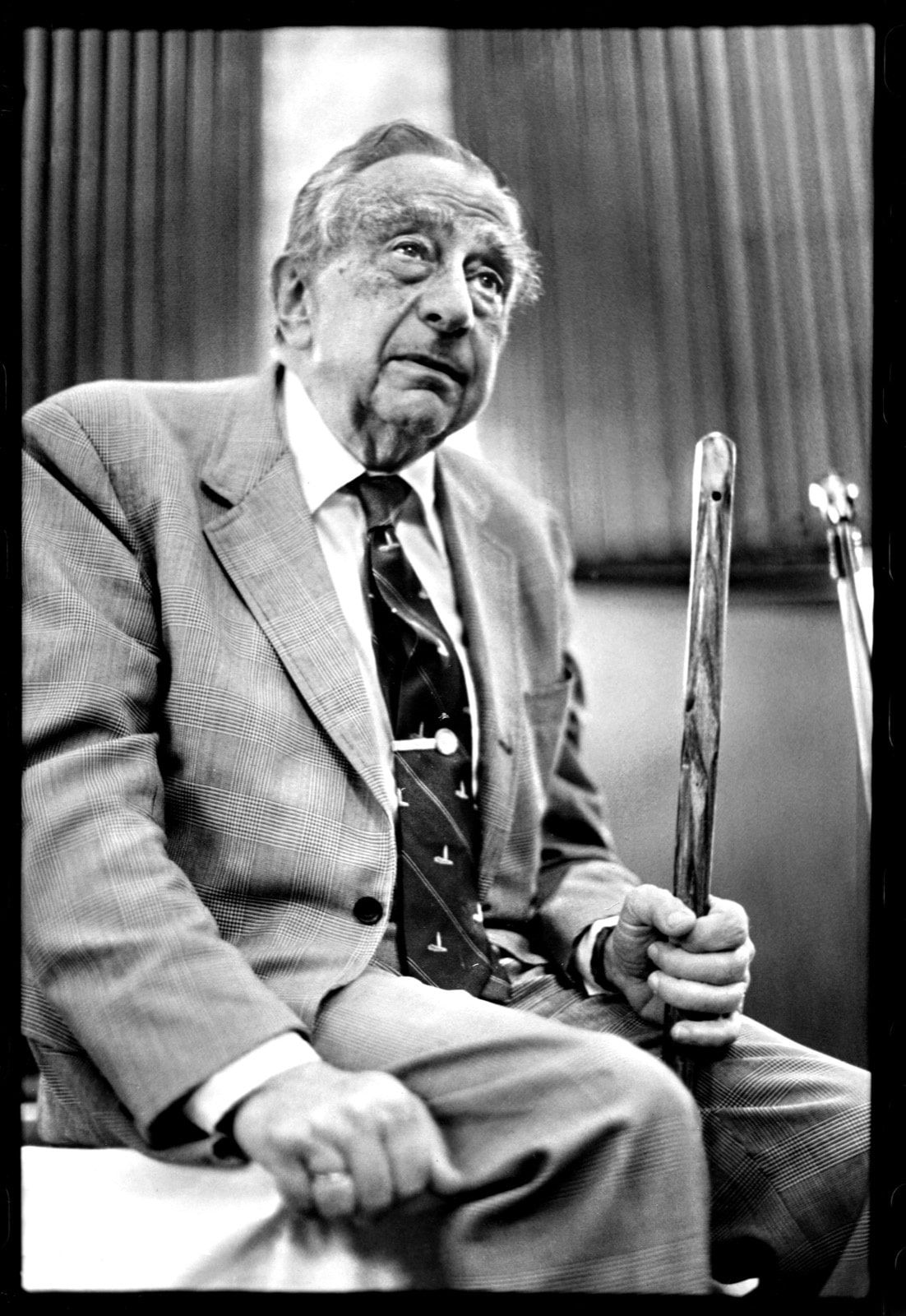
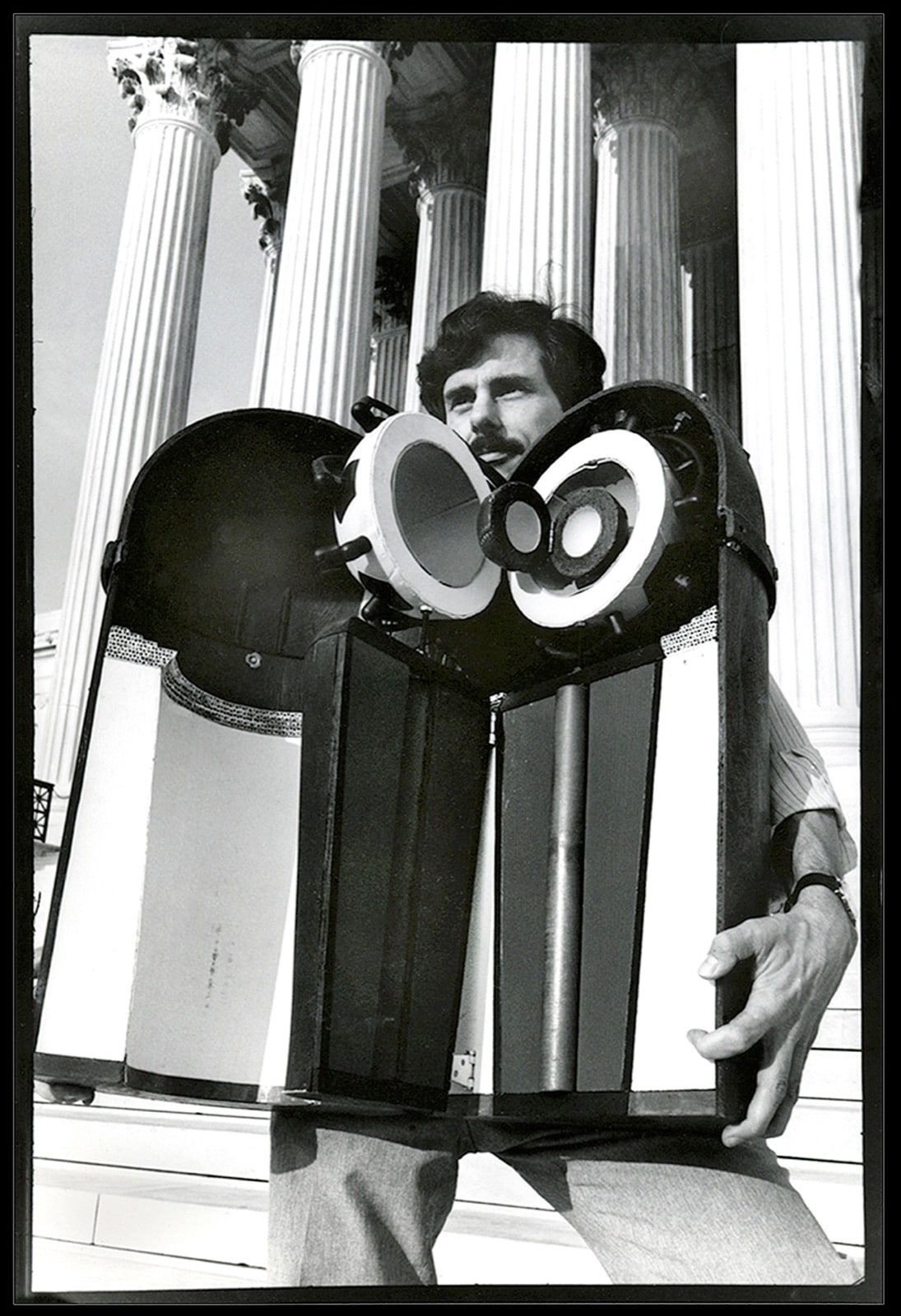
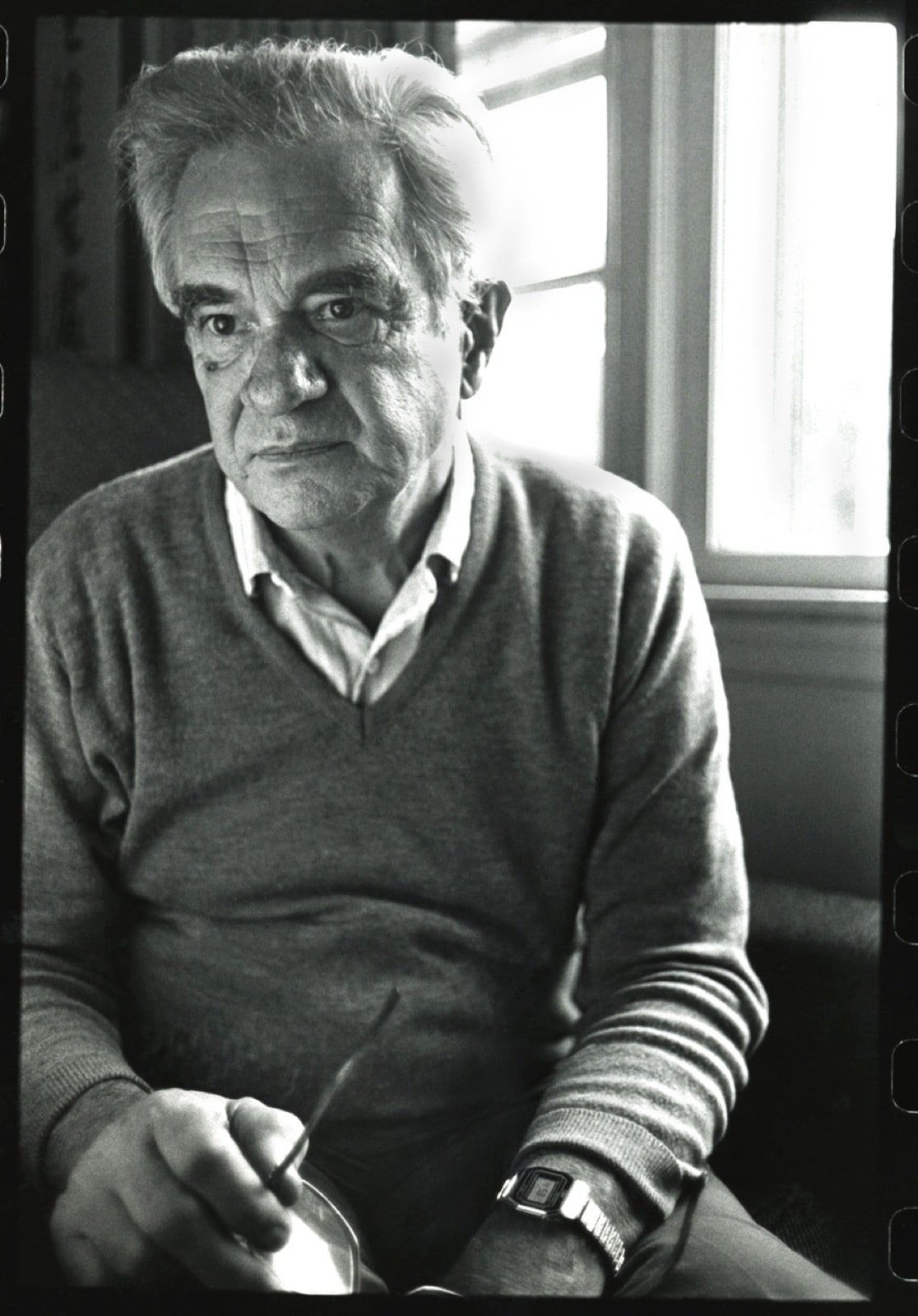

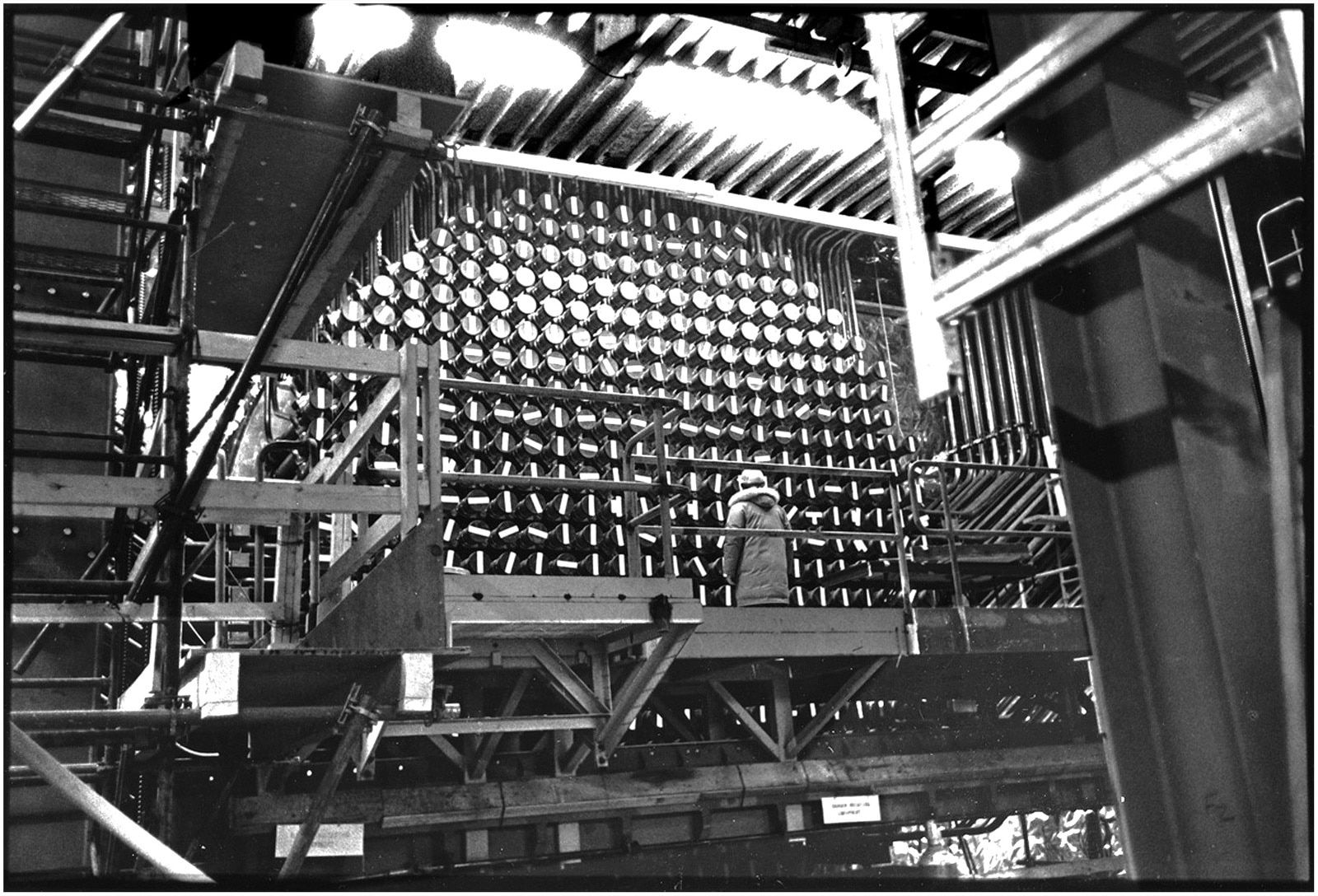
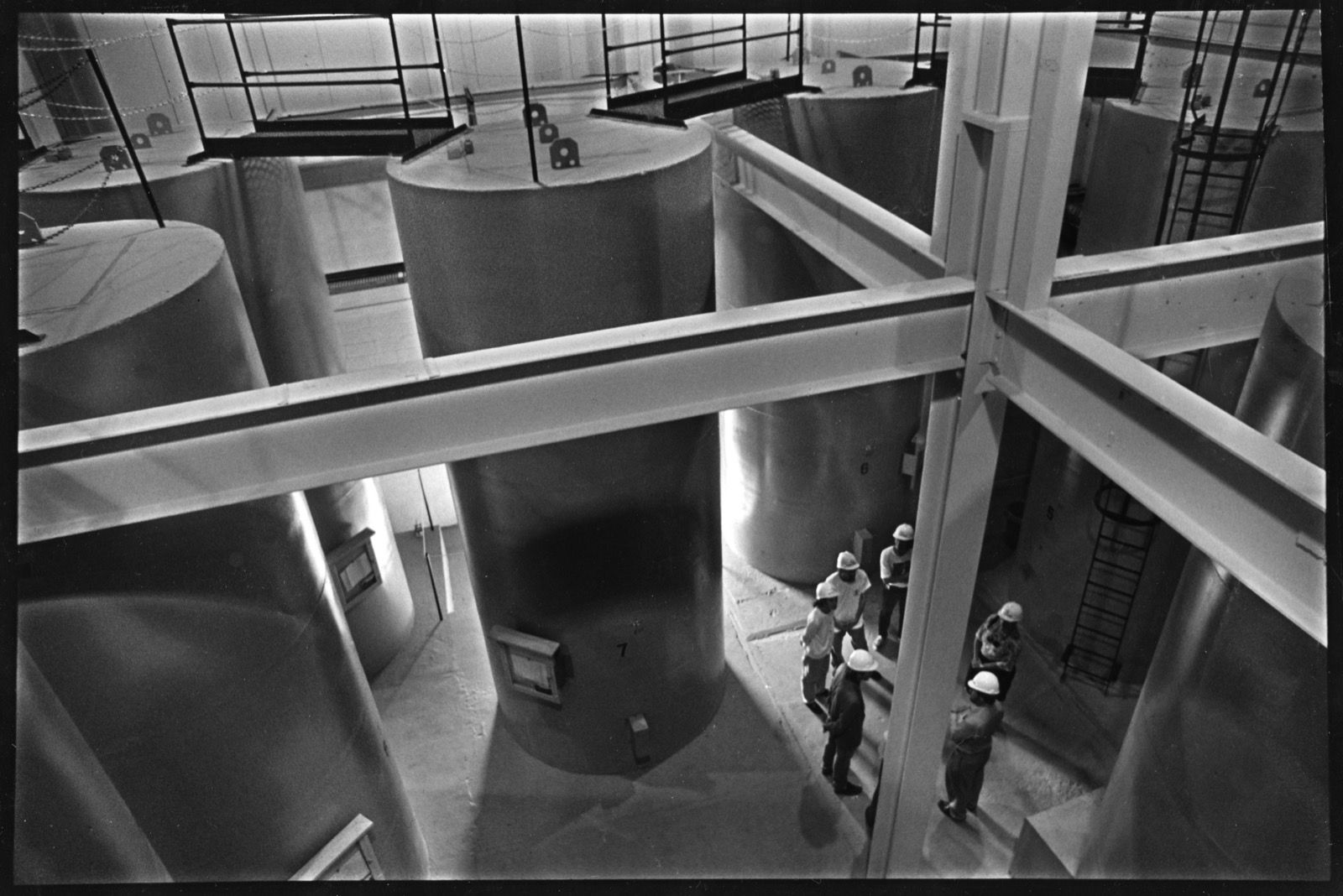
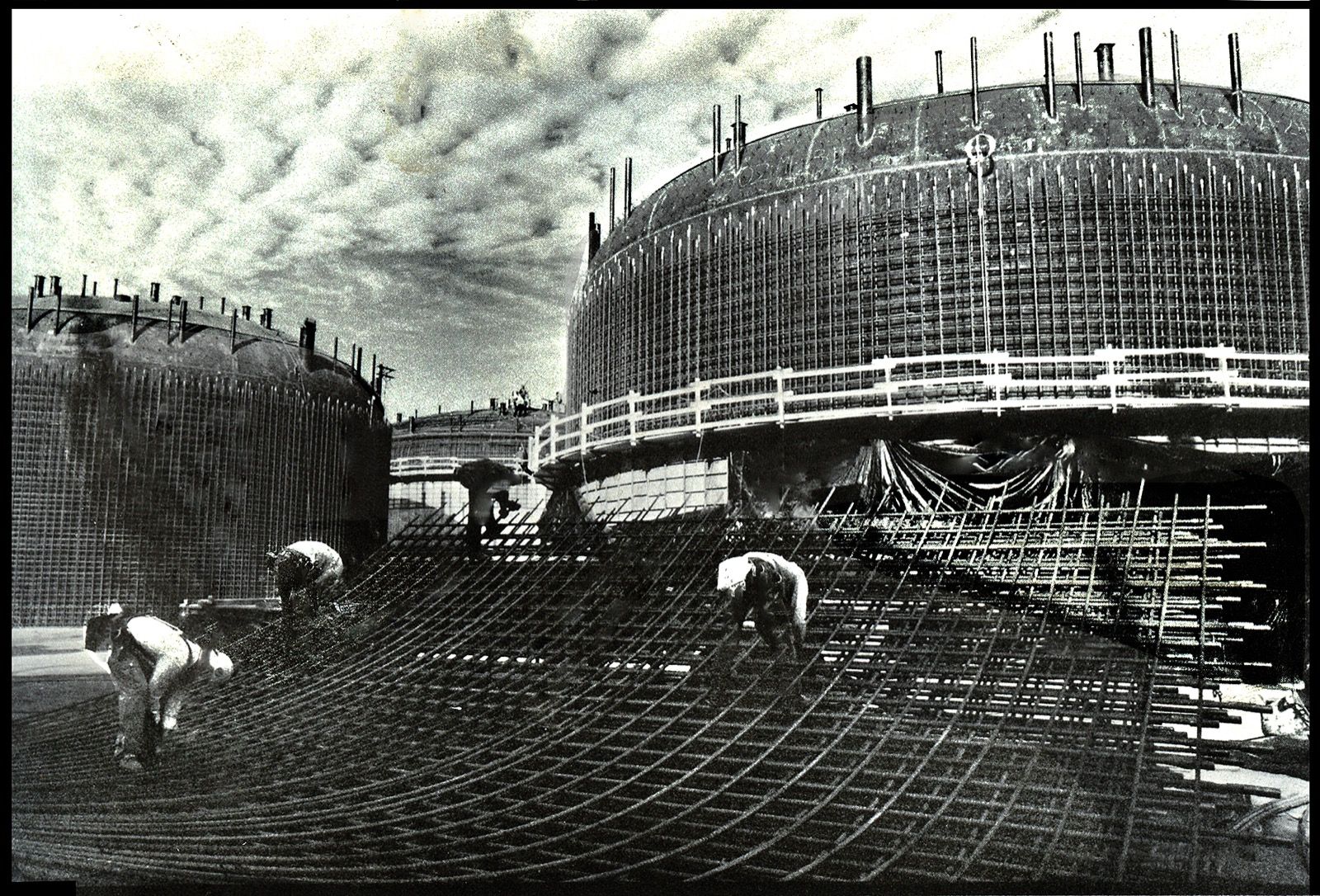
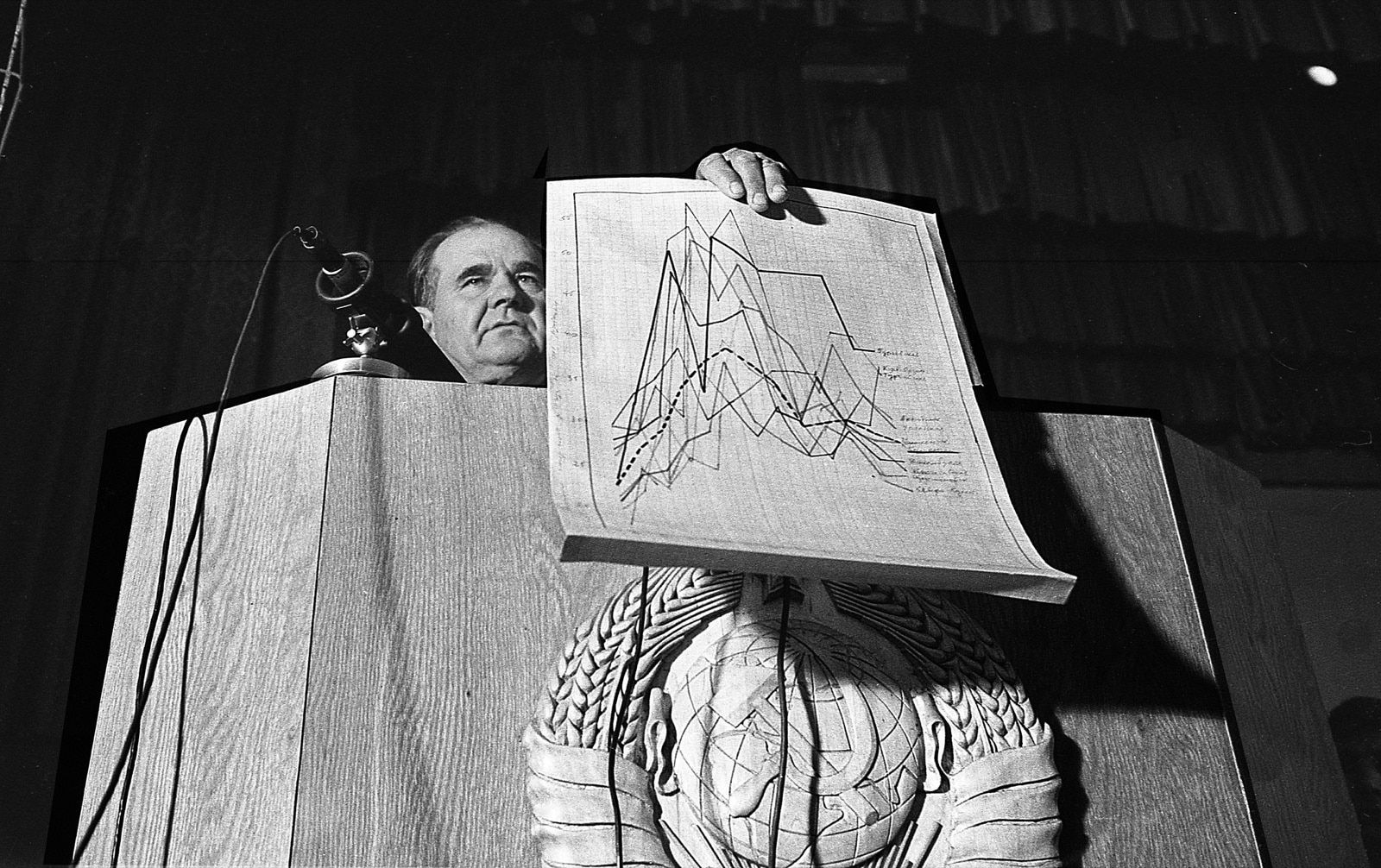
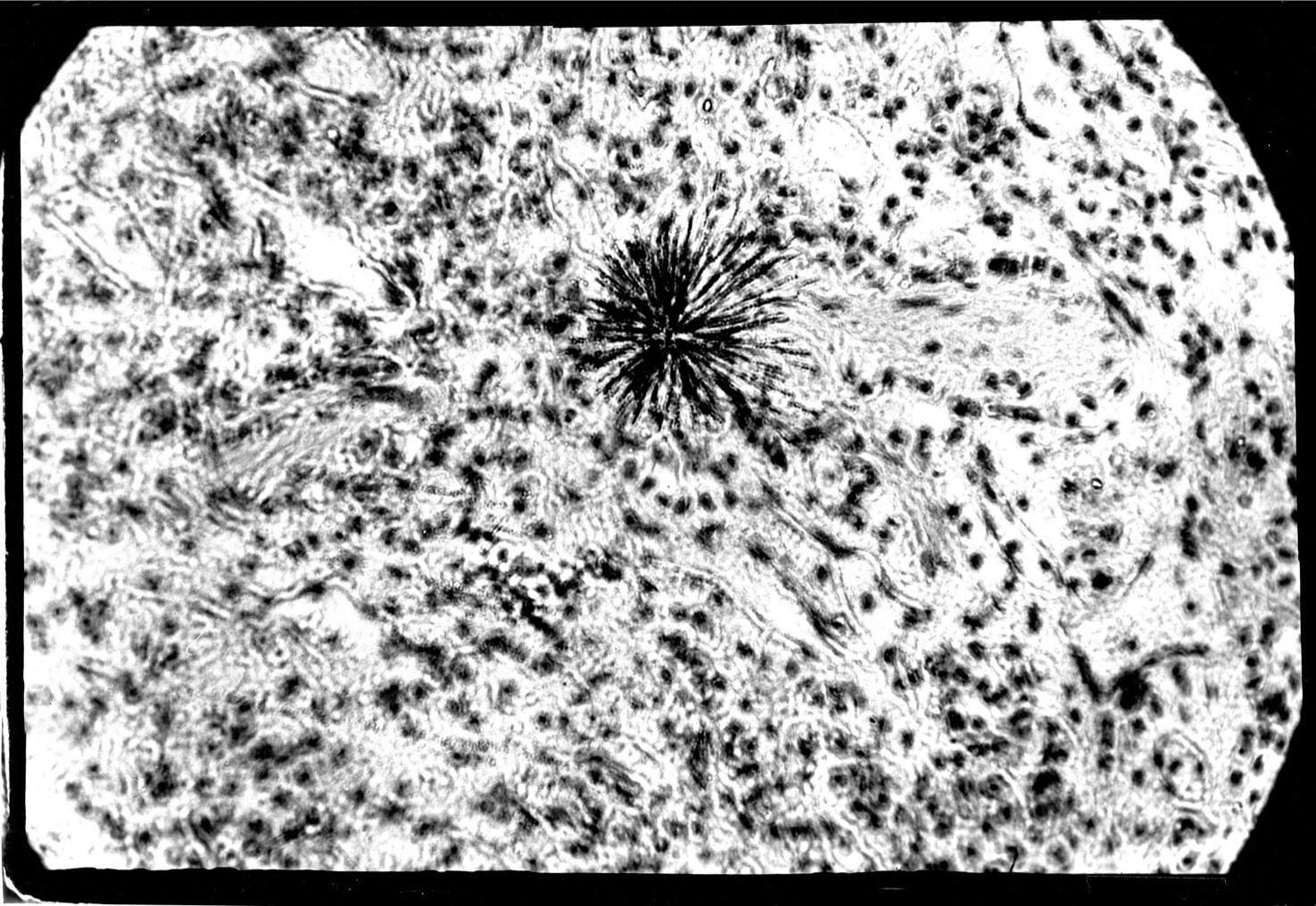
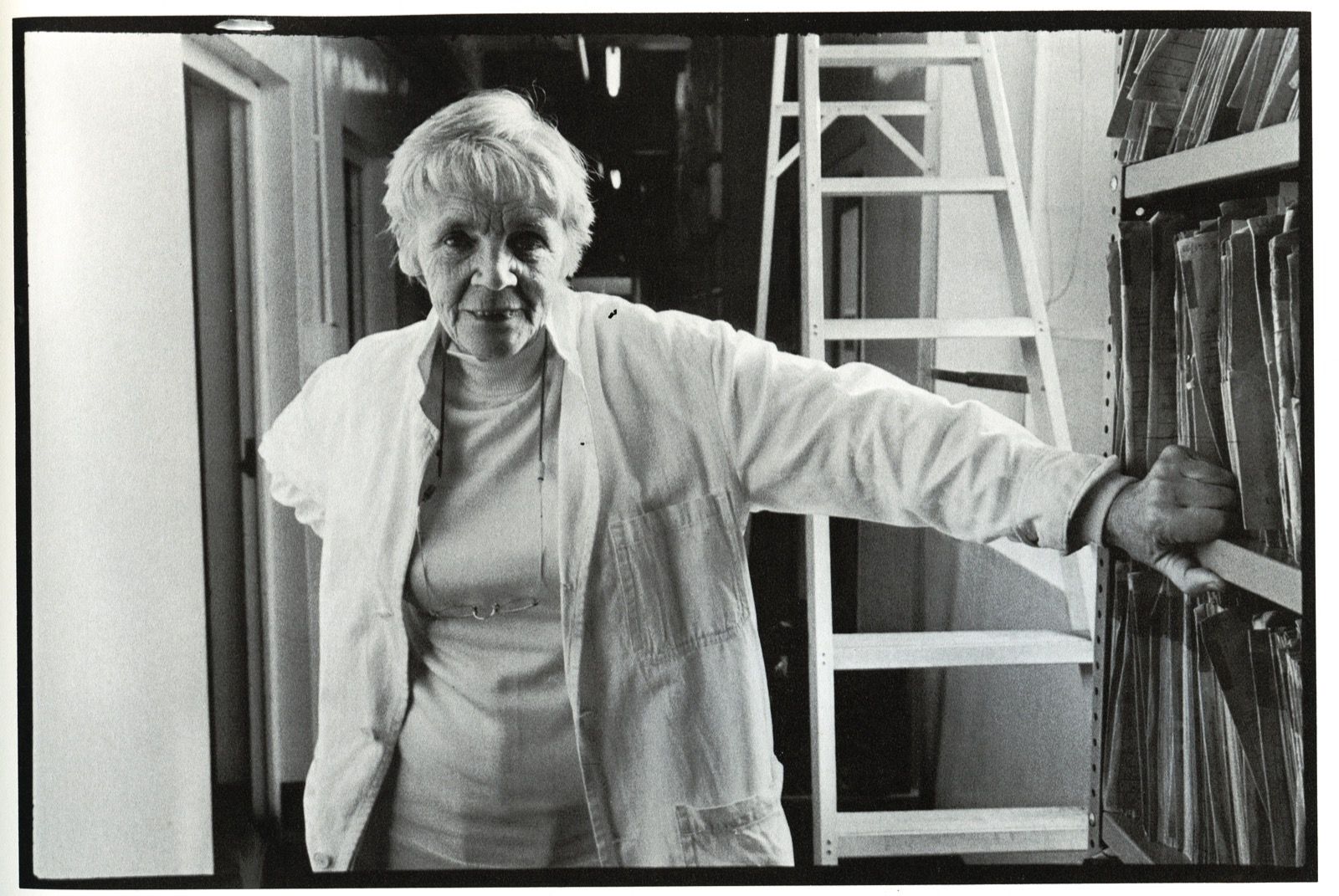
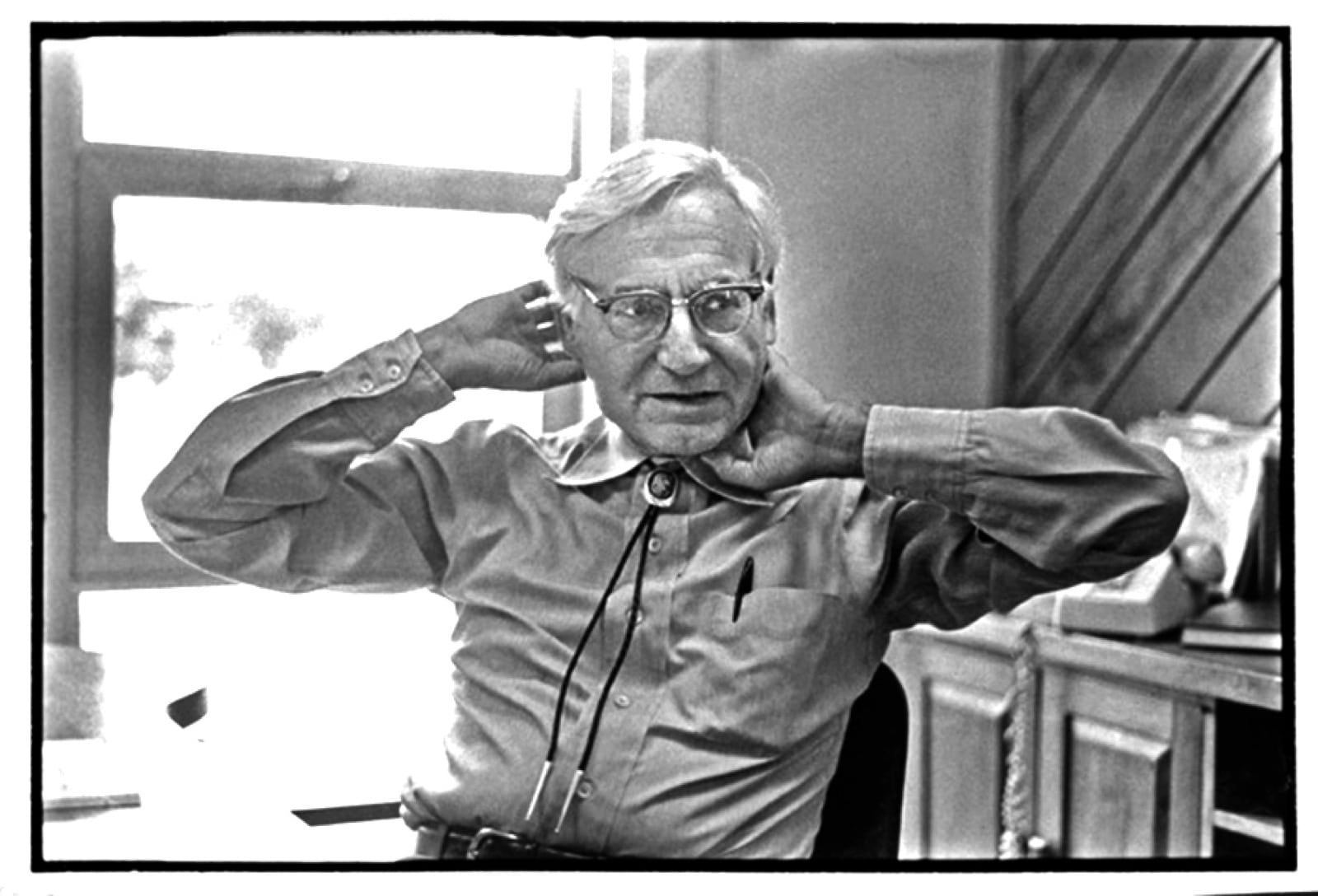
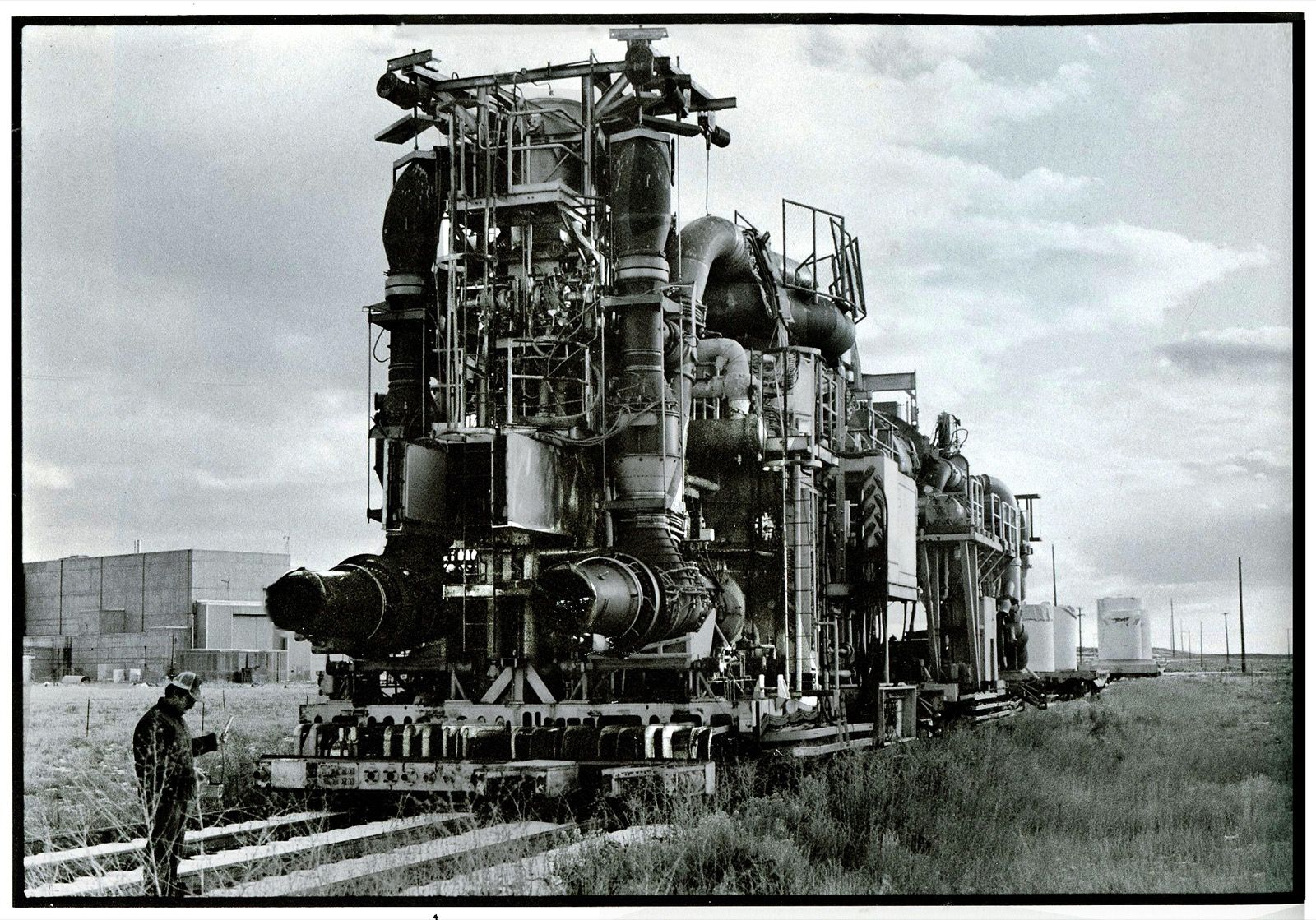
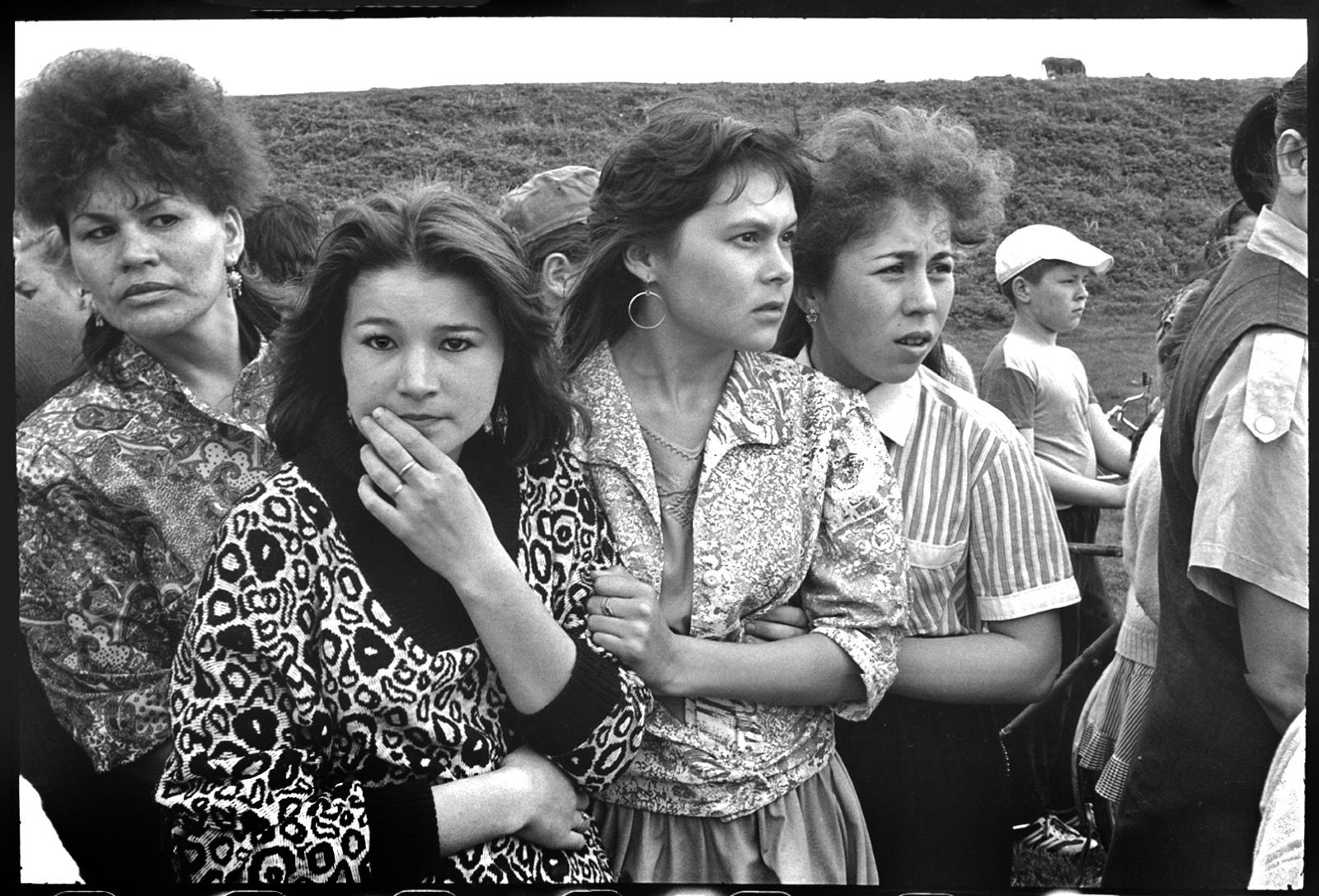








This amazing photo essay tells a powerful story. Thank you.
As a part of the US nuclear weapon force in the ’70’s and 80’s, and warhead custodian, I saw the naiveté of the public in general as to the potential devastation that these WMDs would cause if used, even in a defensive capacity. Most of my time was spent with air defense missiles with nuclear warheads to destroy armadas of enemy bombers or missiles. It think MAD is what saved us, but as we have seen the unprincipled leadership of late, I don’t think long-term thought is part of the thought process today. I weep and pray for my children… Read more »
Bravo for this thorough work, Bob, that you had the great generosity to share with the members of Les Artistes pour la Paix (Montréal) through numerous slide shows and exhibitions in the last 25 years!
The only way to make sense of the bomb is to hold it in slight regard. Once made, it must now be seen as obsolete. Nature makes billions of species, most of whom do not survive. The nuclear bomb must be thought of this way– obsolete, not fit to exist, if we are to survive our adolescence as a species and as a world. (of course, to ‘give up’ nuclear weapons means to give up all the supply chains and ethics chains and military strategy chains that brought it to existence, that keep it in our present and our future.… Read more »
Thank you for this combination of lyrical prose and stunning photos, chilling in its power. It is so important to begin to expose this vast yet hidden enterprise, so aptly described as a peculiar addiction.
Compelling photos and descriptions. This history must be known and also to never forget that nuclear power, security risks, health effects and disasters are all causal and associative to each of the elements (atoms). Simon J. Daigle, B.Sc., M.Sc., M.Sc(A)
This photo essay is an effective way to reach to reach more of the uninterested public. We need to reach and convince at least 50% of the public in countries with nuclear power and weapons before the nuclear conundrum may be ended.
Thanks for these and for your wonderful book, At Work in the Fields of the Bomb.
Sorry to nitpick, but the American Museum of Science and Energy (first picture, taken June 11, 1982), is in Oakridge, TN. The Bradbury Science Museum, not shown, is in Los Alamos, New Mexico